An allowance is a tradition of childhood. Maybe your parents gave you a specific weekly or monthly sum that you used to get all the little extra goodies you wanted to buy that they didn’t. Comic books, toys, and candy, anyone? Maybe you saved extra hard for super trendy designer jeans or leather boots your parents thought were just a tad too expensive. An allowance helps children experience some level of freedom and independence. This is an important part of growing up.
Now that you are the parent handing out allowance to your own kids, you may be wondering what you should give, when to start, and whether or not allowance should be tied to chores.
Of course, it’s really up to you as the parent and will depend on what you personally are comfortable with. It’s never too early to start teaching them about the power of having a little coin in their pocket and how that should translate into responsible spending and saving. Here are a few tips on when to start an allowance and how much to give to let them experience a little piece of financial education that will help them with their spending in the future.
The Time To Start An Allowance
A child that’s under the age of 10 has different wants and needs than a teenager at 16 with a car. If you are having trouble deciding at what age to start giving an allowance, you may want to start when they express interest in buying things that you don’t necessarily want to buy for them.
This is where the concept of teaching about savings comes into play. A child as young as five can understand this lesson. Or you may want to start an allowance when your kids start elementary school. First grade or when your children are about 6 is a good benchmark to begin this time-honored tradition during childhood of bestowing an allowance.
Getting Allowance May Or May Not Come With Chores
Some experts believe if you are just handing out money to your children without the expectation of them doing specific chores or duties around the house, you are missing an opportunity to teach them about working hard for money earned. This belief is tied to the fact that handouts for doing nothing isn’t how money works in the real world. Once again with that being said, it’s completely up to you and what you expect from your child.
Experts, like Neale Godfrey, who wrote many different books on financial literacy and children including "Money Doesn't Grow on Trees: A Parent's Guide to Raising Financially Responsible Children," goes through the ins and outs of giving out an allowance at a young age. Godfrey feels that linking allowance to jobs around the house is a beneficial idea to children's growth and development in understanding money.
A Dollar Amount By Age For Appropriate Allowance
Basically, an easy rule of thumb to follow is a dollar for every year of their life. It’s your child’s age in the same dollar amount. For example, on a weekly allowance schedule a 7-year-old gets $7, an 8-year-old gets $8.00 and so on. You may have to adjust this for teens that are older and have more activities going on.
Know that it’s alright to be flexible with the amount as they grow older and their needs change. In the end, the choice is yours and should be based on your own children (you know them best after all). After a few years you’ll probably have a better handle on what your child can deal with money-wise in a responsible way and if they need more or less money.
Escient Financial is here to help you with all of your financial planning and investment needs. Feel free to...
This content is developed from sources believed to be providing accurate information. The information in this material is not intended as investment, tax, or legal advice. It may not be used for the purpose of avoiding any federal tax penalties. Please consult legal or tax professionals for specific information regarding your individual situation. The opinions expressed and material provided are for general information, and should not be considered a solicitation for the purchase or sale of any security. Digital assets and cryptocurrencies are highly volatile and could present an increased risk to an investors portfolio. The future of digital assets and cryptocurrencies is uncertain and highly speculative and should be considered only by investors willing and able to take on the risk and potentially endure substantial loss. Nothing in this content is to be considered advice to purchase or invest in digital assets or cryptocurrencies.
Enjoying Escient Financial’s Insights?
The weekly newsletter is usually delivered to your email inbox Friday or Saturday, and includes:
- the latest Escient Financial Insights articles
- a brief of the week's important news regarding the markets
- recommended third-party reads
- selected Picture of the Week
Escient Financial does NOT sell subscriber information. Your name, email address, and phone number will be kept private.
















